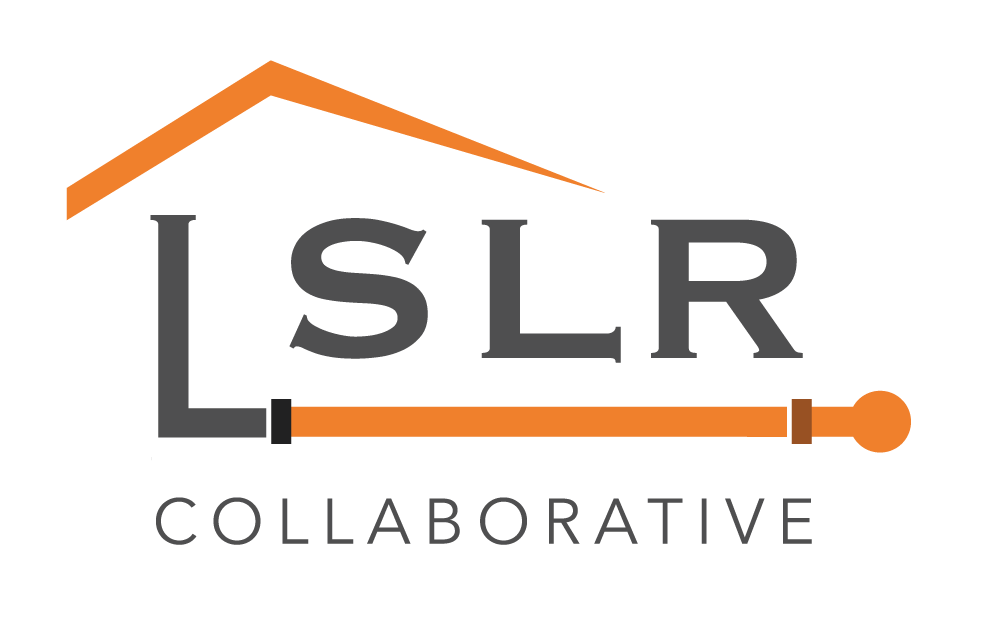'We made it happen': Green Bay Water Utility replaces city's final lead pipe after years-long effort10/6/2020
Haley BeMiller, Green Bay Press-Gazette
See the full article. GREEN BAY - The Green Bay Water Utility on Tuesday removed its last lead pipe in the city, closing a chapter in a years-long effort to improve water quality for residents. Officials announced the milestone at a news conference Tuesday before removing an east-side lead service line and replacing it with a copper pipe. That marked the 1,782nd utility-owned line replaced since January 2016, when the utility ramped up lead removal amid the Flint, Michigan, water crisis. "Our (lead) levels are way down," said Nancy Quirk, the utility's general manager. Green Bay last installed lead pipes in 1944 and began replacing them in 1990, when the city had 4,400. In 2011, the water utility found levels in some homes were above limits set by the U.S. Environmental Protection Agency and identified 1,782 utility-owned and 247 privately owned service lines that needed replacing. See the full article. Comments are closed.
|
Have a suggestion for an article or blog to add?
Let us know! Type
All
Date
April 2023
|


 RSS Feed
RSS Feed